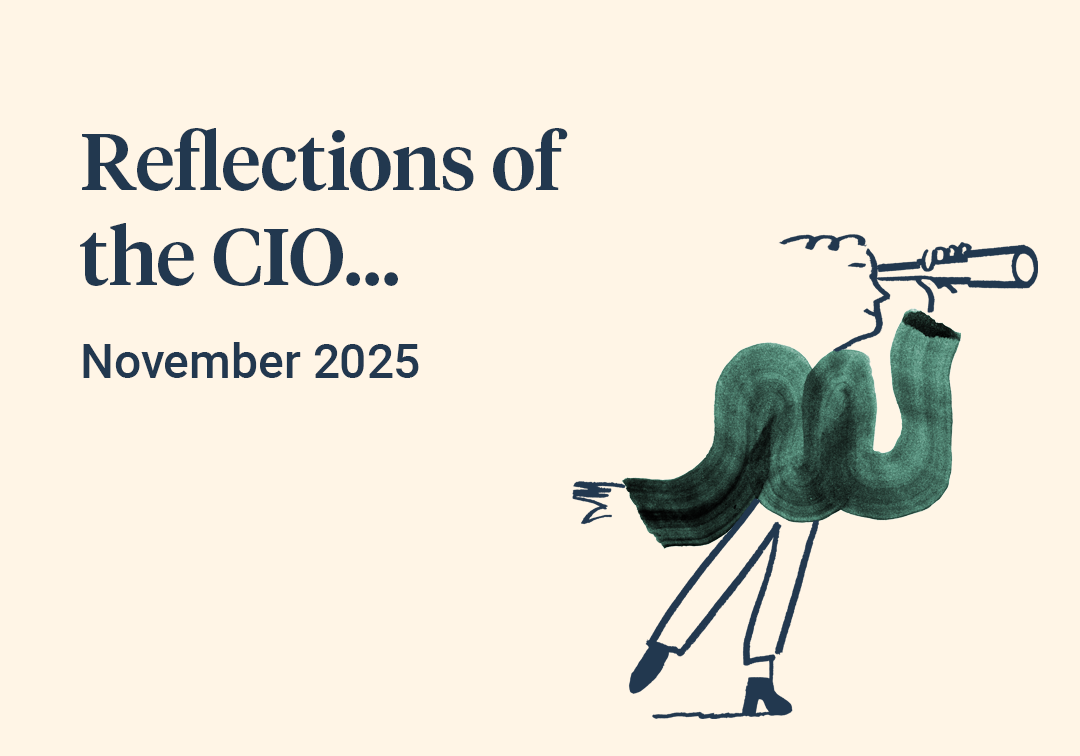This month’s asset allocation meeting was a unique one in the careers of your Saltus managers, entirely down to the fact that the number and breadth of the issues we had to consider was so broad and diverse. Complexity in the investment world is nothing new, but what is new today is the sheer number of variables which can significantly influence market outcomes, often in very unpredictable ways. A change in the choice of words by a politician or a central banker can easily move stocks, bonds, commodities and currencies simultaneously across the globe. A few tenths of a percent difference in an economic report could similarly cause immediate ripples far beyond the shores where the data was gathered. The investment world of summer 2022, really does feel unusually complex, requiring careful positioning to absorb any shocks and to exploit any opportunities.
We think the reason for this skittishness is the confluence of well-known financial imbalances (high debt, high inflation, rapidly changing monetary policy) with the global issues of war, famine and plague, in marketplaces which are low on confidence and high on structural fragility.
The roots of this fragility lie in the banking sector reforms introduced after the great financial crash of 2008, which pushed banks to beef up their capital reserves, rather than deploy said capital into making markets for investors. As this source of liquidity declined, markets became inherently more brittle, lacking the depth they once had, and which managers had become used to. Concurrent with this change we have also seen the stellar rise of ‘rules based’ investment strategies (e.g. tracker funds, algorithmic or high frequency trading hedge funds) across all asset classes. In equities, for example, the rise of the tracker over the last decade has resulted in an eye watering swing of c. $4.5tr in assets away from actively managed mutual funds towards passives. These ‘rules based’ strategies usually act to amplify market moves, as they tend to follow momentum up or down and place trades effectively on auto pilot, with limited human intervention.
If we layer the multitude of current macro-economic, political and societal themes on top of structurally brittle asset markets, where short term movements are dominated by ‘machines’, then it becomes easier to see why a small change in any one variable can have a speedy, large and hard to foresee impact. And yet for all the complexity and skittishness, summer 2022 is also a period where the number of portfolio tools and opportunities your managers have at their disposal has also increased substantially. This means that although our asset allocation meeting was long and detailed, it was also one where we felt we could express our views effectively in portfolios and retain high confidence that they will continue to do what they are meant to be doing.



